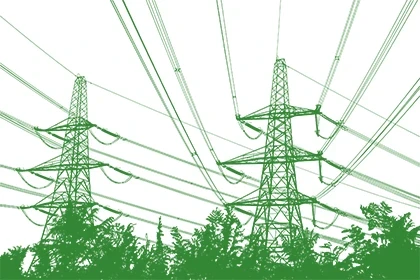
Application of Symmetric Conditions in the Simulation of High Voltage Power Transmission Models
The height of the power transmitting towers is usually in the range of 10m to 40m and the separation between two consecutive towers is about 200m to 400m. In addition, the area of the ground that needs to be considered in the simulation is large. Therefore, Finite Element Method (FEM) is not suitable for simulation of this application. Whereas Boundary Element Method (BEM) is best suited for these open region problems. This paper refers to...















